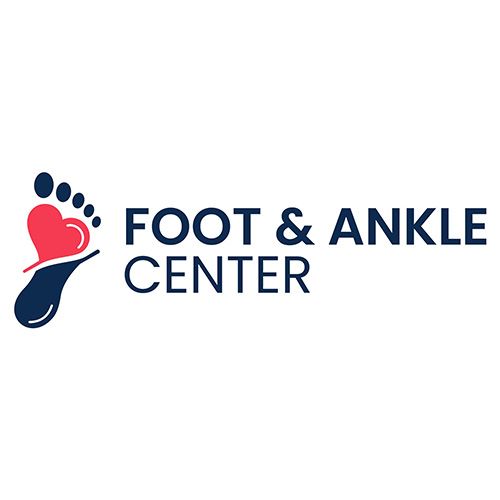Osteoarthritis

Advanced Treatment Solutions
Comprehensive Management of Osteoarthritis
Osteoarthritis is a degenerative joint condition characterized by the breakdown of cartilage and gradual loss of joint function. Our specialists use advanced diagnostic imaging and innovative treatment protocols to slow disease progression and manage pain effectively. Through a personalized approach combining conservative therapies and surgical options when appropriate, we can help you maintain mobility, reduce inflammation, and improve your quality of life.
Our treatment strategy is tailored to your specific condition and functional goals. We begin with conservative measures such as targeted physical therapy, anti-inflammatory medications, and joint protection strategies to maximize your joint's remaining function. For patients requiring additional intervention, we offer advanced options including intra-articular injections, arthroscopic debridement, or joint reconstruction procedures to address damaged tissue and restore stability. Most patients experience meaningful pain relief and improved function within weeks of starting treatment, with continued improvement as therapies take effect and your body adapts to modified activities.
Osteoarthritis can affect any joint in the body and may result from age-related wear, previous injuries, biomechanical stress, or genetic predisposition. Beyond clinical treatment, we provide comprehensive education on activity modification, weight management, proper body mechanics, and lifestyle strategies to protect your joints and slow disease progression. By combining evidence-based therapies with patient education, we help you manage osteoarthritis effectively and maintain an active, comfortable lifestyle for years to come.
Start Your Journey to Wellness Today
Talk With Foot and Ankle Specialist Today!
Ready to take the first step towards healthier, pain-free feet? Contact us to schedule an appointment or to learn more about our foot and ankle services. Our dedicated podiatric team is here to provide personalized care and answer any questions you may have about your lower extremity concerns. Reach out today and let us help you achieve optimal foot health and mobility for an active lifestyle.


